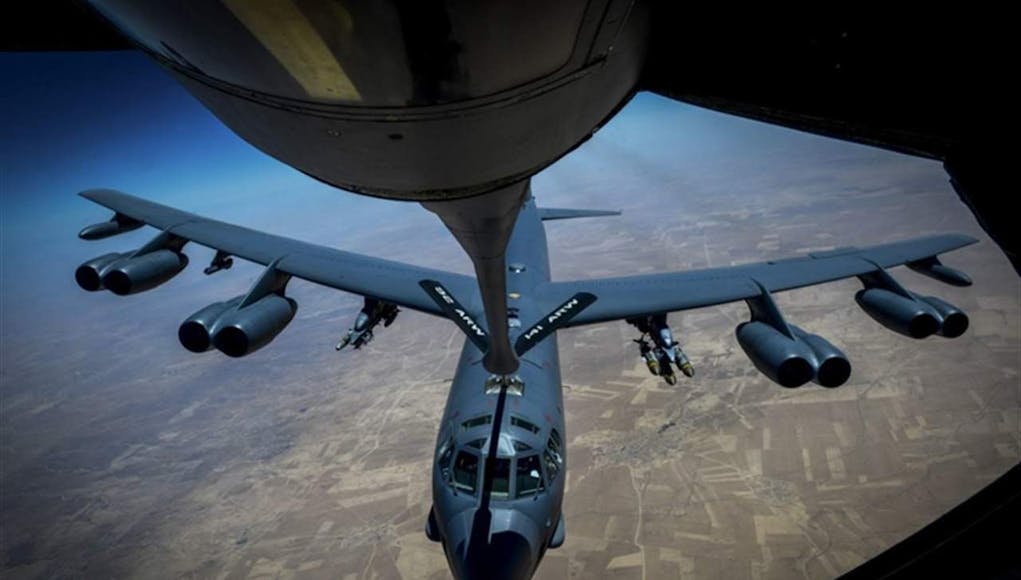US and coalition forces continued to attack Islamic State, conducting 19 strikes consisting of 63 engagements according to officials.
Officials reported details of strikes, noting that assessments of results are based on initial reports. The following information was provided by Operation Inherent Resolve.
Strikes in Syria
In Syria, coalition military forces conducted 18 strikes consisting of 21 engagements against ISIS targets:
— Near Abu Kamal, three strikes destroyed three ISIS front-end loaders, two oil separator tanks and a wellhead.
— Near Dayr Az Zawr, a strike destroyed an ISIS wellhead.
— Near Raqqa, 14 strikes engaged 13 ISIS tactical units and destroyed 10 fighting positions and a mortar system.
Strikes in Iraq
In Iraq, coalition military forces conducted a strike consisting of 42 engagements against ISIS targets:
— Near Mosul, a strike engaged an ISIS tactical unit; destroyed 15 fighting positions, seven medium machine gunsand a heavy machine gun; and suppressed an ISIS tactical unit and a mortar team.
July 1st Strikes
Additionally, 12 strikes were conducted in Syria and Iraq on July 1st that closed within the last 24 hours:
— Near Abu Kamal, Syria, a strike destroyed two ISIS oil tanker trucks, an oil trailer and a road grader.
— Near Kisik, Iraq, a strike suppressed an ISIS mortar team.
— Near Mosul, Iraq, a strike destroyed an ISIS-held building and damaged four supply routes.
— Near Raqqa, Syria, five strikes engaged three ISIS tactical units, destroyed a fighting position and a heavy machine gun and suppressed 27 fighting positions.
— Near Shadaddi, Syria, four strikes destroyed two ISIS command-and-control nodes, a staging area and a vehicle-borne-bomb facility.
These strikes were conducted as part of Operation Inherent Resolve, the operation to destroy Islamic State in Iraq and Syria. The destruction of Islamic State targets in Iraq and Syria also further limits the group’s ability to project terror and conduct external operations throughout the region and the rest of the world, task force officials said.
The list above contains all strikes conducted by fighter, attack, bomber, rotary-wing or remotely piloted aircraft; rocket-propelled artillery; and some ground-based tactical artillery when fired on planned targets, officials noted.
Referring to the possibility of civilian casualties, the RAF said:
“The RAF is continuing to support Iraqi forces in their effort to liberate western Mosul. While the operating environment in the city is very challenging, particularly given the closely-packed buildings, very narrow streets, and the density of the urban population, our aircrew have continued to deliver precision strikes in close support of Iraqi troops on the ground.
Daesh’s current tactics, including the illegal use of civilians as human shields, and fighting from sites such as schools, hospitals, religious sites and civilian neighbourhoods, increases the risk to innocent life.
While no military operations come without risk, particularly in dense urban environments and against such inhuman Daesh tactics, the RAF continues to take all steps necessary to minimise civilian casualties.”













